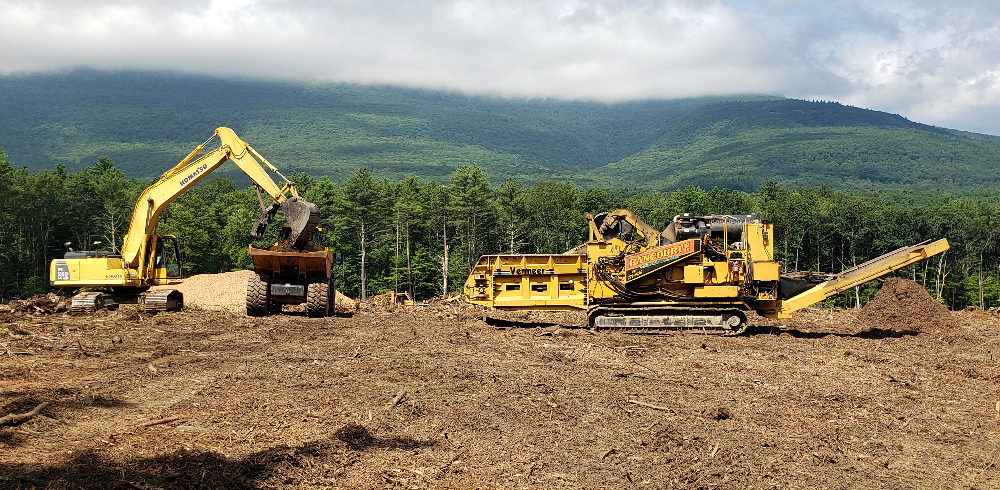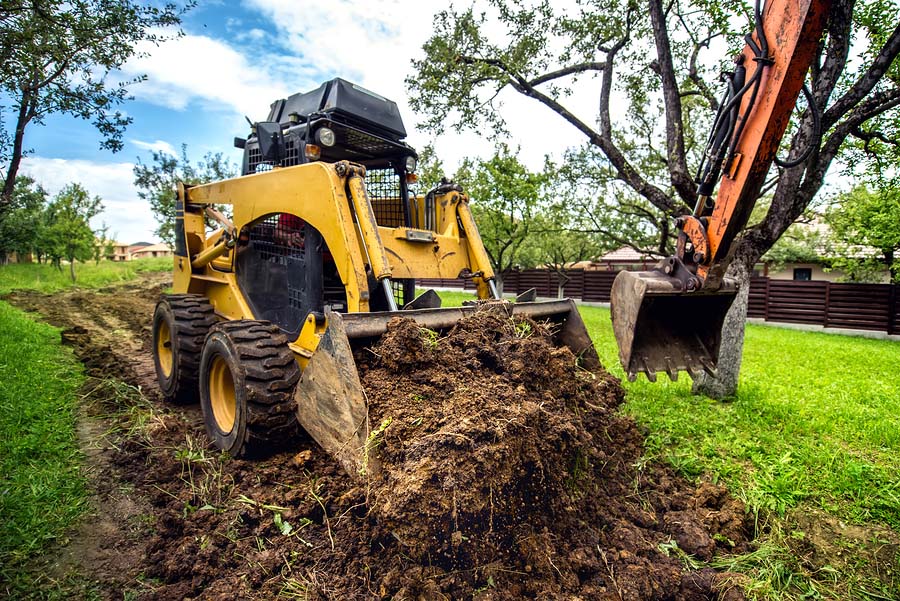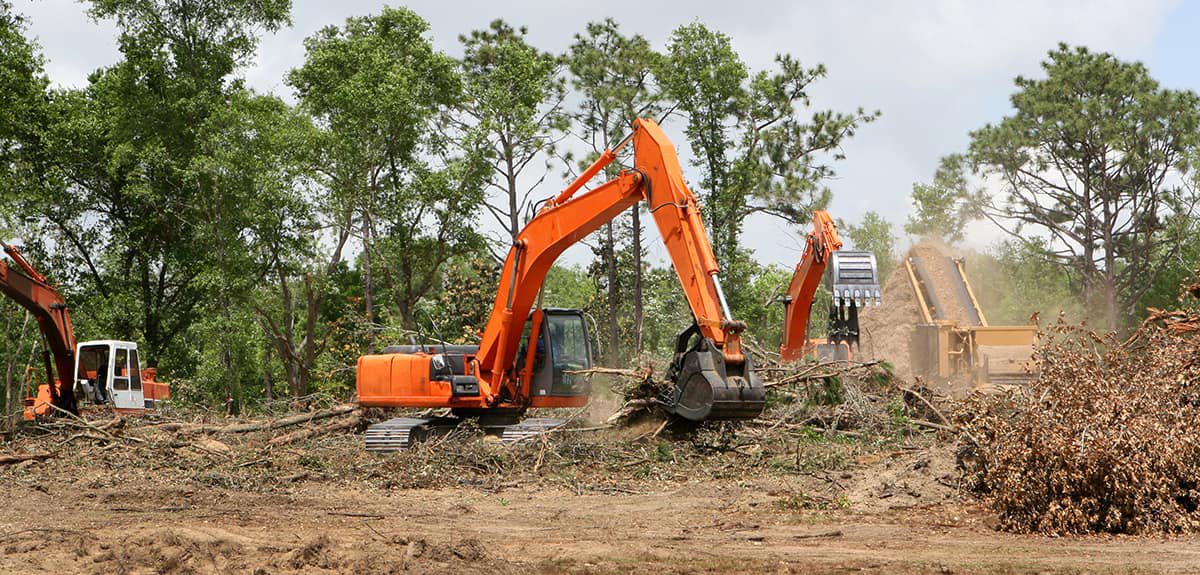Sustainable Land Clearing Up Practices for a Greener Atmosphere
In the realm of ecological conservation, the technique of sustainable land clearing stands as a crucial factor of discussion. The intricate dancing between progress and sustainability in land clearing up methods reveals a world of opportunities that beckon for expedition and application.
Importance of Lasting Land Cleaning
The significance of applying lasting land clearing methods lies in the conservation of ecosystems and the upkeep of environmental integrity. When land is removed unsustainably, it can cause irreparable damage to the setting, leading to dirt disintegration, loss of biodiversity, and interruption of all-natural habitats. By taking on sustainable methods such as discerning clearing up, reforestation, and erosion control procedures, we can lessen these negative effects and make certain the long-lasting wellness of our ecosystems.

Furthermore, lasting land clearing up methods promote responsible land management and support the livelihoods of local communities. By ensuring that land is gotten rid of in a manner that is eco friendly and socially responsible, we can create a more lasting future for all.
Eco-Friendly Cleaning Techniques

An additional reliable approach is using controlled burns. By thoroughly preparing and carrying out recommended burns, land supervisors can remove plants in a controlled way, minimizing the threat of wildfires and advertising the development of fire-adapted plant types. Managed burns likewise assist recycle nutrients back into the soil, stimulating brand-new development and keeping ecosystem health.
Additionally, using mechanical equipment with reduced ground pressure, such as tracked vehicles or specialized forestry mulchers, can minimize dirt compaction and damages to underlying plants. These makers are created to operate with accuracy, precisely eliminating unwanted greenery while preserving the bordering setting. By including these eco-friendly clearing up methods, land cleaning operations can support biodiversity, preserve all-natural sources, and add to a greener, much more sustainable future.
Biodiversity Conservation Methods
Including environment-friendly land clearing techniques not only lessens environmental impact however likewise plays a vital duty in fostering biodiversity conservation techniques. When getting rid of land, it is important to think about the effect on neighborhood vegetation and fauna. One effective technique for biodiversity preservation during land clearing up is the application of careful clearing techniques.

Sustainable Equipment and Equipment
To lessen ecological impact and improve performance in land clearing up practices, making use of lasting equipment and equipment is critical. Lasting equipment and tools describe devices specifically developed to lower emissions, minimize soil compaction, and lower gas consumption during land cleaning activities. Carrying out modern technologies such as low-emission engines, crossbreed systems, and accuracy equipment can considerably reduce the carbon footprint connected with land cleaning procedures.
One example of sustainable machinery is using mulchers or chippers that can process greenery on-site, lowering the demand for burning or carrying away particles - Demolition Companies Near Me. In addition, using equipment with general practitioner modern technology can assist in precise planning and implementation of land clearing up jobs, go to this website reducing unneeded disturbance to surrounding communities
Routine maintenance and appropriate equipment sizing are also important parts of lasting land cleaning methods. Guaranteeing that machinery is well-kept not only prolongs its life-span yet also optimizes its efficiency, causing much more ecologically friendly and reliable land clearing up procedures. By prioritizing using lasting machinery and equipment, land clearing up tasks can be brought out with very little influence on the environment, cultivating a greener and even more sustainable future.
Area Interaction and Education And Learning
Involving the local neighborhood and offering academic resources are essential elements of promoting lasting land cleaning practices. Neighborhood engagement promotes a sense of common responsibility and possession over land administration choices, resulting in even more sustainable results. By involving area members in the preparation process, their expertise and perspectives can be incorporated, resulting in options that are culturally sensitive and eco sound.
Educational resources play a critical role in encouraging people with the understanding and abilities required to adopt lasting land clearing up techniques. Workshops, training sessions, and informative products can aid community participants recognize the importance of biodiversity preservation, dirt health, and water top quality in the context of land clearing up activities. By raising understanding concerning the prospective environmental impacts of inappropriate land cleaning have a peek at this website methods, academic campaigns can drive actions adjustment and urge the adoption of even more lasting go to this website options.
Ultimately, area engagement and education create a structure for lasting ecological stewardship, guaranteeing that land cleaning activities are carried out in a way that protects ecosystems and promotes the well-being of both individuals and the earth.
Final Thought
To conclude, lasting land cleaning methods are crucial for maintaining the setting and advertising biodiversity. By using green strategies, saving biodiversity, utilizing sustainable machinery, and involving with neighborhoods, we can make certain that land clearing up tasks have minimal negative effect on the ecological community. It is critical that we focus on sustainable practices to shield our setting for future generations.
By including these environment-friendly cleaning techniques, land clearing up procedures can support biodiversity, preserve all-natural resources, and add to a greener, much more sustainable future.
One effective approach for biodiversity conservation throughout land cleaning is the implementation of discerning clearing techniques. By prioritizing the usage of lasting machinery and tools, land clearing activities can be lugged out with marginal effect on the environment, promoting a greener and even more sustainable future.
In final thought, lasting land cleaning techniques are important for maintaining the environment and promoting biodiversity. By using green techniques, saving biodiversity, making use of sustainable machinery, and involving with neighborhoods, we can ensure that land cleaning tasks have marginal negative effect on the ecological community.